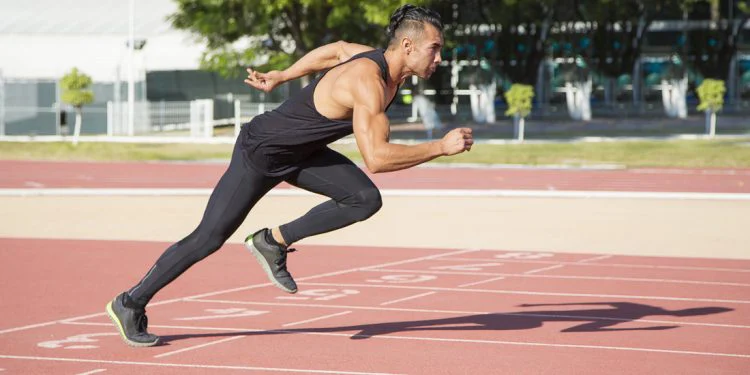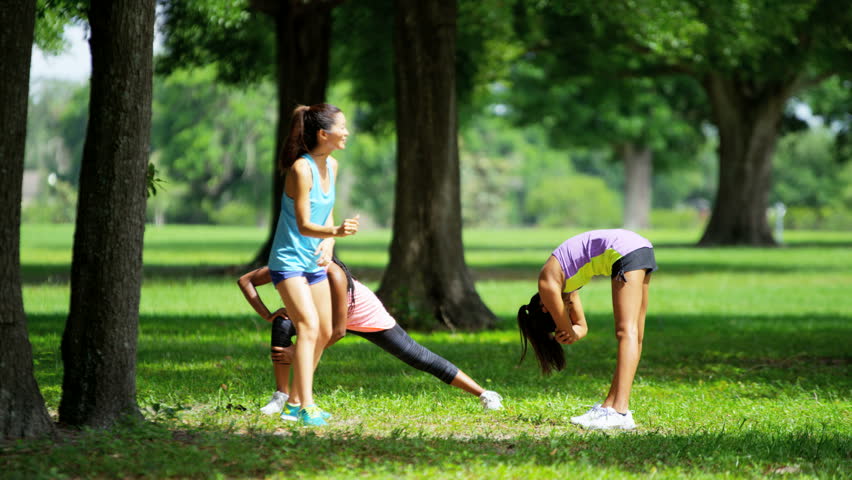Evaluate the impact of different training programs on athletic performance and fitness goals.
Discover how training impact on athletic performance can help you achieve your fitness goals. Learn tips for succes

Training programs have a significant impact on athletic performance and the attainment of fitness goals. The effectiveness of a training program can vary widely depending on various factors, including the specific goals of the athlete, their level of experience, and the principles applied in the program. Let's evaluate the impact of different training programs on athletic performance and fitness goals:
Strength Training Programs
Impact: Strength training programs, such as weightlifting and powerlifting routines, primarily focus on building muscular strength and power. These programs are highly effective for athletes aiming to increase their raw strength, explosiveness, and muscle mass.
Fitness Goals: Ideal for athletes involved in sports like football, rugby, and wrestling where strength is a crucial component.
Endurance Training Programs
Impact: Endurance training, including long-distance running or cycling, enhances cardiovascular fitness and stamina. It improves the body's ability to sustain prolonged physical activity.
Fitness Goals: Beneficial for athletes in sports like marathon running, cycling, and triathlons.
High-Intensity Interval Training (HIIT):
Impact: HIIT involves alternating between short bursts of intense exercise and periods of rest. It is known for improving both aerobic and anaerobic fitness, making it versatile for various athletes.
Fitness Goals: Suitable for athletes in sports requiring bursts of speed and power, such as soccer, basketball, and MMA.
Flexibility and Mobility Training
Impact: These programs focus on improving range of motion and joint flexibility. They can prevent injuries, enhance recovery, and optimize movement efficiency.
Fitness Goals: Important for athletes in sports like gymnastics, dance, and martial arts that demand exceptional flexibility.
Sport-Specific Training Programs
Impact: Tailored programs designed around the specific demands of a sport. They include skill development, strategy, and conditioning.
Fitness Goals: Essential for athletes looking to excel in their chosen sport, such as tennis players, swimmers, or golfers.
Plyometric Training
Impact: Plyometrics involves explosive movements like jumping and bounding. It enhances power, agility, and speed.
Fitness Goals: Valuable for athletes in sports like basketball, volleyball, and track and field.
CrossFit:
Impact: CrossFit combines elements of strength training, HIIT, and functional movements. It aims to develop overall fitness and adaptability.
Fitness Goals: Suitable for athletes who want a well-rounded fitness base or are involved in activities that require a mix of skills and strengths.
Periodization:
Impact: Periodization involves cycling through different training phases (e.g., hypertrophy, strength, power) to optimize progress and prevent overtraining.
Fitness Goals: Effective for athletes in various sports seeking long-term performance gains while minimizing the risk of injury and burnout.
Ultimately, the choice of a training program should align with an athlete's specific goals and needs. A well-structured program, tailored to the individual, will have the greatest impact on athletic performance and fitness goals. Moreover, consistent monitoring, adjustment, and proper recovery are essential elements in maximizing the benefits of any training program.
ls:
Nutrition and Diet
Impact: Proper nutrition is a critical factor in achieving fitness goals and enhancing athletic performance. Different training programs may have specific dietary requirements to support muscle growth, endurance, or weight management.
Fitness Goals: Athletes must pay attention to their calorie intake, macronutrient balance, and micronutrient needs to complement their training efforts.
Rest and Recovery
Impact: Rest and recovery are as vital as training itself. Overtraining can lead to fatigue and injuries, while adequate rest allows the body to adapt and improve.
Fitness Goals: Incorporating rest days into training programs, getting sufficient sleep, and practicing recovery techniques like stretching or massages are essential for long-term success.
Individualization
Impact: Athletes vary in terms of genetics, fitness levels, and response to training. Customizing training programs to an individual's strengths and weaknesses can maximize results.
Fitness Goals: Coaches and trainers should assess each athlete's unique characteristics and adapt training programs accordingly.
Consistency and Dedication
Impact: Consistency in training is key to progress. Dedication and discipline are necessary to follow a program consistently over time.
Fitness Goals: Athletes who adhere to their training programs are more likely to see improvements in performance and reach their fitness goals.
Monitoring and Assessment
Impact: Regularly tracking progress through performance metrics, such as strength gains, speed improvements, or body composition changes, can help adjust training programs for optimal results.
Fitness Goals: Athletes and coaches should use objective measures to evaluate the effectiveness of a training program and make necessary modifications.
Psychological Factors
Impact: Mental resilience, motivation, and confidence play a significant role in athletic performance. Training programs should address psychological aspects to enhance an athlete's mindset.
Fitness Goals: Techniques like visualization, goal setting, and stress management can positively influence an athlete's ability to achieve their fitness objectives.
Injury Prevention
Impact: Training programs should incorporate injury prevention strategies, including warm-up routines, proper technique, and mobility work, to minimize the risk of injuries that can derail progress.
Fitness Goals: Avoiding injuries is crucial for maintaining training consistency and achieving long-term fitness goals.
In conclusion, the impact of training programs on athletic performance and fitness goals is multifaceted. It depends on a combination of factors, including the type of training, nutrition, recovery, individualization, dedication, monitoring, and psychological aspects. Athletes and coaches must work together to design and implement programs that align with specific objectives and adapt them as needed to ensure continuous progress and injury prevention. Ultimately, a holistic approach that considers both physical and mental aspects is key to achieving optimal results in the world of sports and fitness.
:
Social Support and Team Dynamics:
Impact: For team sports, the dynamics and support within the team can significantly influence an athlete's performance and adherence to a training program. A cohesive and supportive team environment can boost motivation.
Fitness Goals: Athletes in team sports often rely on each other for encouragement, which can be a crucial factor in achieving fitness goals and enhancing performance.
Age and Developmental Stage:
Impact: An athlete's age and developmental stage can impact how they respond to different training programs. Youth athletes have different needs and considerations than mature athletes.
Fitness Goals: Coaches and trainers should tailor training programs to account for the physiological and psychological differences associated with different age groups.
Environmental Factors:
Impact: The training environment, including climate, altitude, and facilities, can affect an athlete's performance and training program effectiveness.
Fitness Goals: Athletes should consider environmental factors when designing their training routines, especially if their sport takes place in specific conditions.
Periodic Reassessment and Adaptation:
Impact: Training programs should not remain static. Periodic reassessment of an athlete's progress and adaptation of the program are essential to continue making gains.
Fitness Goals: Adjustments should be made in response to changing goals, performance plateaus, or unforeseen challenges.
Long-Term Planning:
Impact: A comprehensive, long-term approach to training is often necessary for achieving significant athletic goals. This may involve multi-year plans with phases of focused training.
Fitness Goals: Athletes aiming for elite levels of performance often require careful long-term planning to ensure consistent progress while avoiding overtraining and burnout.
Recovery Modalities:
Impact: Various recovery modalities, such as ice baths, compression garments, and physiotherapy, can support an athlete's ability to train consistently and perform at their best.
Fitness Goals: Integrating appropriate recovery strategies into a training program can help manage fatigue and reduce the risk of injury.
Adaptive Training Technologies:
Impact: Advances in technology, like wearable fitness trackers and data analytics, provide valuable insights into an athlete's performance and recovery.
Fitness Goals: Athletes and coaches can use these tools to fine-tune training programs and make data-driven decisions to optimize performance.
In summary, the impact of training programs on athletic performance and fitness goals is a complex interplay of numerous factors. Athletes, coaches, and trainers must consider the individualized needs of athletes, encompassing physical, psychological, and environmental elements. The ability to adapt, monitor progress, and maintain consistency over the long term is essential for achieving and exceeding fitness objectives. With a comprehensive approach that accounts for these factors, athletes can maximize their potential and attain their athletic and fitness goals.
What's Your Reaction?
















